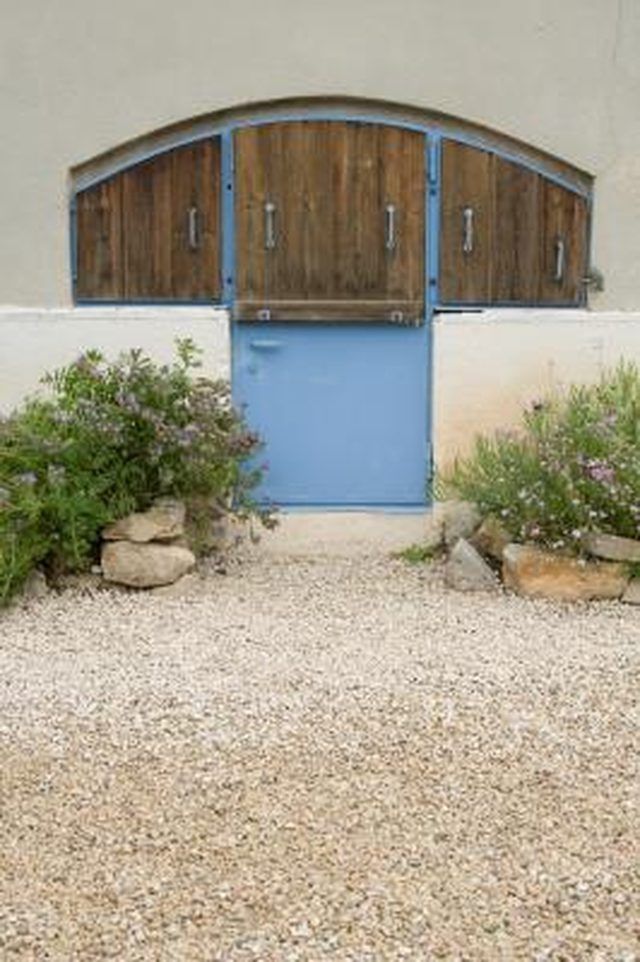Bulbs
Flower Basics
Flower Beds & Specialty Gardens
Flower Garden
Garden Furniture
Garden Gnomes
Garden Seeds
Garden Sheds
Garden Statues
Garden Tools & Supplies
Gardening Basics
Green & Organic
Groundcovers & Vines
Growing Annuals
Growing Basil
Growing Beans
Growing Berries
Growing Blueberries
Growing Cactus
Growing Corn
Growing Cotton
Growing Edibles
Growing Flowers
Growing Garlic
Growing Grapes
Growing Grass
Growing Herbs
Growing Jasmine
Growing Mint
Growing Mushrooms
Orchids
Growing Peanuts
Growing Perennials
Growing Plants
Growing Rosemary
Growing Roses
Growing Strawberries
Growing Sunflowers
Growing Thyme
Growing Tomatoes
Growing Tulips
Growing Vegetables
Herb Basics
Herb Garden
Indoor Growing
Landscaping Basics
Landscaping Patios
Landscaping Plants
Landscaping Shrubs
Landscaping Trees
Landscaping Walks & Pathways
Lawn Basics
Lawn Maintenance
Lawn Mowers
Lawn Ornaments
Lawn Planting
Lawn Tools
Outdoor Growing
Overall Landscape Planning
Pests, Weeds & Problems
Plant Basics
Rock Garden
Rose Garden
Shrubs
Soil
Specialty Gardens
Trees
Vegetable Garden
Yard Maintenance
How to Landscape With Pea Gravel
How to Landscape With Pea Gravel. Gardeners searching for an inexpensive, low-maintenance landscape material often choose pea gravel. Pea gravel is useful for walkways, work areas and social spaces. It also fits easily among plants and shrubs and will stay attractive for a long time. With a little sweat equity and a few tools, you can do the job...

Gardeners searching for an inexpensive, low-maintenance landscape material often choose pea gravel. Pea gravel is useful for walkways, work areas and social spaces. It also fits easily among plants and shrubs and will stay attractive for a long time. With a little sweat equity and a few tools, you can do the job yourself.
Things You'll Need
Paper and pencil
Rope
Chalk
Tape measure
Shovel
Wheelbarrow
Shrubbery or plants
Landscape fabric
Scissors
Pea gravel
Tamper
Garden hose
Design your bed. Lay a rope along the ground where you will be creating the design. When you are satisfied with your plan, draw the perimeter onto the ground or the grass with chalk. Measure the dimensions so that you can figure out how much pea gravel you will need.
Decide how many thick you will lay the pea gravel and then figure how many cubic feet you will need. For example, to cover an area that is 5 feet wide and 50 feet long with a 6-inch layer of pea gravel, the formula is 5 x 50 = 250 square feet. Divide 250 by 2 (because the 6-inch layer is a half-foot) to get 125 cubic feet. One yard is 27 cubic feet, so divide 125 by 27 to get 4.6 cubic yards of pea gravel. Round up and purchase slightly more pea gravel than you figure you will need.
Remove the grass and other vegetation from the area with a shovel. This is hard work, so get help if possible; plan for this to be the most difficult portion of the project. Place the removed soil and vegetation into a wheelbarrow and haul it from the work area.
Plant shrubbery or other greenery if you will be incorporating them into the landscape. Dig the appropriate holes for the plants in the locations desired and place the plants in the holes. Fill soil back in around the plants and water them generously.
Place an edging material around the perimeter of the area if desired. This will create a finished look for the landscape and will also help keep the pea gravel in place.
Lay landscape fabric across the area to be used for the pea gravel. Cut holes for any plants so that the landscape fabric surrounds the trunks.
Place the gravel onto the landscape fabric. Spread it evenly with a rake. A tamper may help settle the gravel and make it level.
Spray the surface of the pea gravel thoroughly with a garden hose to settle the gravel into place.